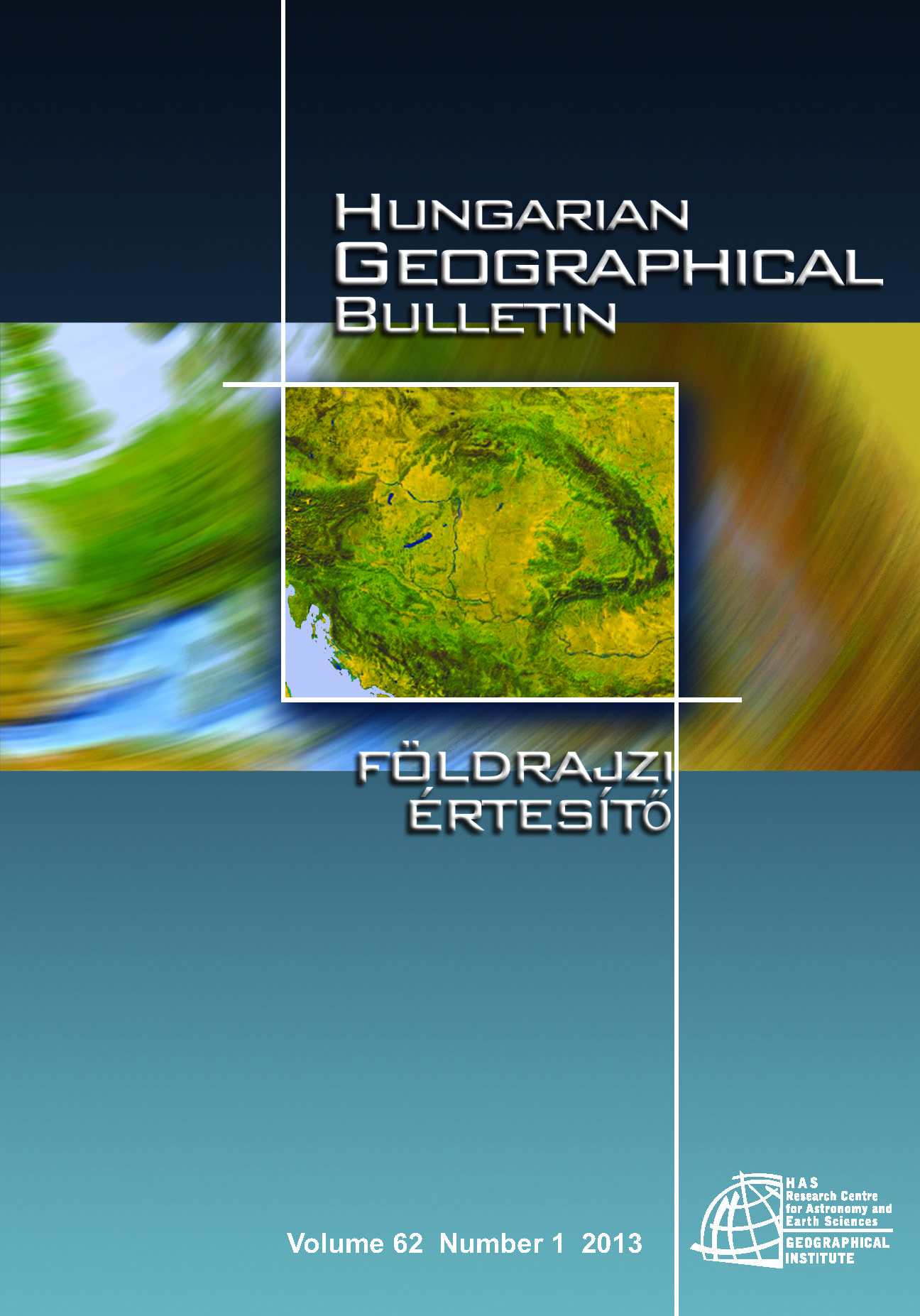Transformation of the built environment in Petržalka pre-fabricated housing estate
Absztrakt
The last two decades have brought significant changes into pre-fabricated housing estates built during the era of state-socialism. In the 1990´s an active discussion about “humanisation“ of the biggest pre-fabricated housing estate – Petržalka in the city of Bratislava – started. Petržalka´s monofunctionality, its dependency on the city centre and at the same time its segregation from other parts of the city were heavily criticised. In our paper certain aspects of the housing estate´s post-socialist transformation are analysed in the context of wider intra-urban changes triggered by the new production of built environment. This transformation is manifested mainly in the construction of new residential and commercial real estates. The dynamics of that is highly influenced by the political and economic changes taking place at state level. In case of new residential investments, the densification of the existing built-up structure took place. In contrast, heavy concentration of commercial buildings can be observed along the key transport corridors of supra-local (regional and international) importance.
Copyright (c) 2013 Pavel Šuška, Linda Stasíková

This work is licensed under a Creative Commons Attribution-NonCommercial-NoDerivatives 4.0 International License.






